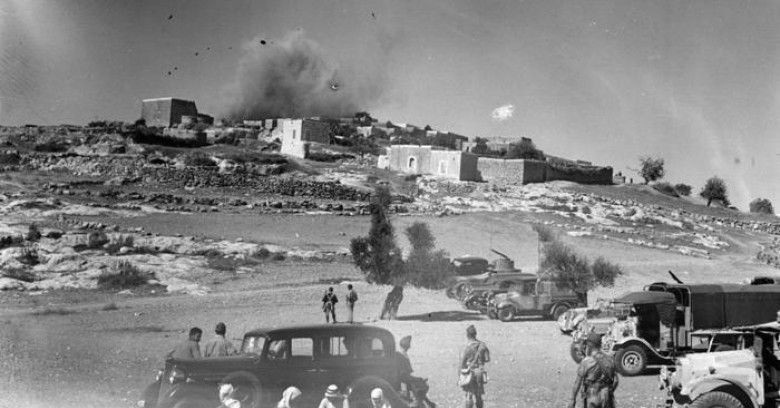JERUSALEM, April 15, 2015 (WAFA) - Israel’s State Attorney’s Office notified the High Court of Justice (HCJ) that in the case of Palestinian youth Samir ‘Awad it had decided to file an indictment for the minor offense of committing “a reckless and negligent act using a firearm” without specifying which of the involved soldiers to stand trial.
On 15 January 2013, 16-year-old Palestinian Samir Awad was killed by live ammunition that Israeli soldiers fired at him near the Separation Barrier at Budrus.
A B’Tselem inquiry revealed that the soldiers were not in danger at any time. Nevertheless, and in total contravention of open-fire regulations, they shot ‘Awad three times.
After his last examination before school’s mid-year break, 16-year-old ‘Awad of the village of Budrus, went along with a few friends to the Separation Barrier south-west of Budrus, about 300 meters from the school.
B’Tselem field researcher Iyad Hadad gathered testimony from several of the teenagers, one of whom watched from a distance. According to their testimonies, the boys planned to throw stones at military patrols along the fence, as teenagers in the area often do.
They said that when they approached the Separation Barrier, they saw that one of its gates was open. Therefore, they thought that soldiers must be nearby and tried to find them.
The Separation Barrier is made up of a primary fence and secondary rows of barbed wire around it. The barbed wire is meant to prevent access to the primary fence, but near Budrus there are several openings in the barbed wire.
One boy went through a makeshift opening in the first barbed wire fence, saw nothing, and came back out. Samir ‘Awad then went through the opening alone, and continued on to the primary fence.
According to the information that B’Tselem collected, when Samir ‘Awad was between the barbed-wire fence and the main fence, four soldiers appeared on the scene and the other teenagers fled to the village.
At this point, ‘Awad apparently tried to run away, but was caught between the two fences. The soldiers called for him to stop and fired in the air. Then they shot at his leg while he was trying to flee. He was wounded and fell to the ground, but when he tried to continue running, the soldiers shot him again.
He was wounded by a bullet in the back and a bullet to the head.
Describing it as “a new low in Israeli authorities’ disregard for the lives of Palestinians in the Occupied Territories”, B’Tselem said that the State Attorney’s Office has sent security forces in the Occupied Territories a clear message: if you kill an unarmed Palestinian who poses no threat, we will do everything to cover it up and ensure impunity.”
The Israeli human rights body criticized the response,
saying that “killing a wounded, fleeing youth who posed no threat by shooting
him in the back is not a “reckless and negligent act. The disparity between the
grave action and the minor offense is incomprehensible and outrageous.”
B’Tselem questioned the period of time it took two years and a petition to the HCJ for the authorities to decide to serve this indictment. It stressed that the authorities are obligated not merely to open an investigation, but also to ensure that it is timely and effective. The longer the investigation takes, the greater the danger that evidence may be lost and that witnesses’ recollections become less sharp, thereby seriously damaging the principle of the rule of law and the deterrent effect against similar violations.
The Military Police Investigations Unit (MPIU) has long since completed all aspects of the investigation into the incident, yet although more than two years have passed since then, no decision was reached until this day.
The boy’s father, Ahmad ‘Awad, petitioned the HCJ together with B’Tselem a little over a year ago, in March 2014, to have the MAG decide whether to indict the soldiers who killed his son or close the case file.
Open-fire regulations permit soldiers to use live ammunition only in cases of real and immediate mortal danger. In this instance, the soldiers were clearly in no danger whatsoever.
Firing live ammunition at a fleeing person whose back is to the soldiers and who poses no immediate danger whatsoever, is unlawful and in complete contravention of open-fire regulations. Moreover, the soldiers were at the scene for the express purpose of catching stone-throwers.
Therefore, they should have prepared for action against unarmed youths and been ready with crowd control weapons, not live ammunition.
M.H










